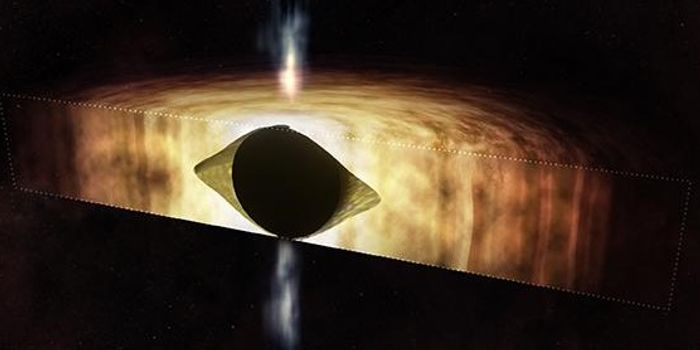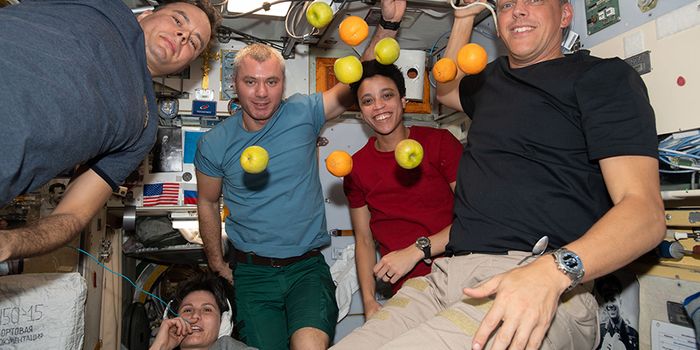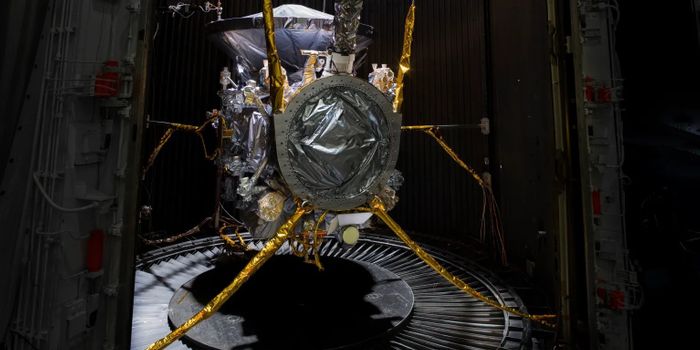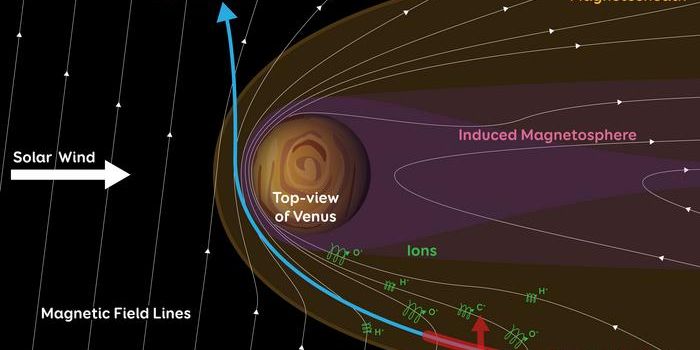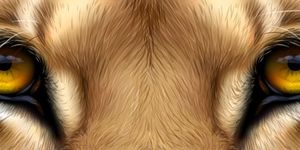Thousands Of Asteroids Discovered in Hubble Images -Thanks to huge public participation
Citizen Science is a US government project which involves public participation in conducting scientific analysis based on data available from various sources such as telescopes in astronomy. People all over the world participate voluntarily and analyze these images making new discoveries. More information for anyone interested in being involved in some of the scientific projects can be found at CitizenScience.gov as well as watch the video below:
One of the many projects under this innovative idea of involving the public in making scientific discoveries is the Hubble Asteroid Hunter project. The aim of this project was to identify asteroids in archival images from the Hubble Space Telescope data. There were an astounding 37323 images taken from April 2002 to March 2021 with this telescope. This project was launched on the Zooinverse platform asking for public participation in June 2019.
In order to familiarize people with the asteroids, which should show up as trails in all the images, about 20 images with identified asteroids were released for pre-training. After this, the volunteers could start identifying asteroids in all the other Hubble images. Thanks to a large public participation of 11482 volunteers that thousands of new asteroids were discovered in these images which spanned over 30 years. Astronomers then used these newly found asteroids to train their automated deep learning model and were able to find additional asteroids in the images which were either missed by the human eye or were not obvious enough for the previous model.
In total, 1701 asteroids were discovered, of which 1031 were previously unknown. This discovery was published in the Astronomy and Astrophysics Journal in June 2022. This work is a steppingstone toward removing the bias associated with asteroid discoveries which often miss the small ones. A complete size distribution of these tiny (in astronomical terms) objects is essential to understand the puzzle of formation of our Solar System.
Sources: newspaceglobal, Astronomy&Astrophysics
-
APR 30, 2024Immuno-Oncology Virtual Event Series 2024
-
MAY 07, 20243rd International Biosecurity Virtual Symposium
-
SEP 03, 2024Microbiology Week Virtual Event Series 2024
- See More

